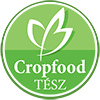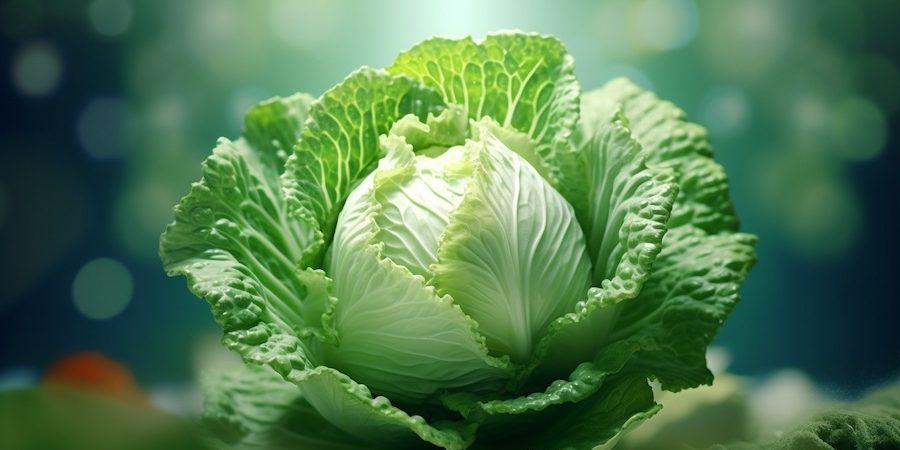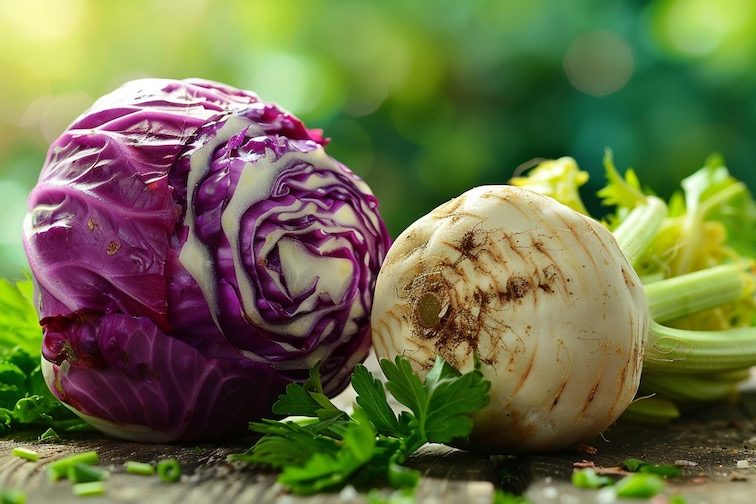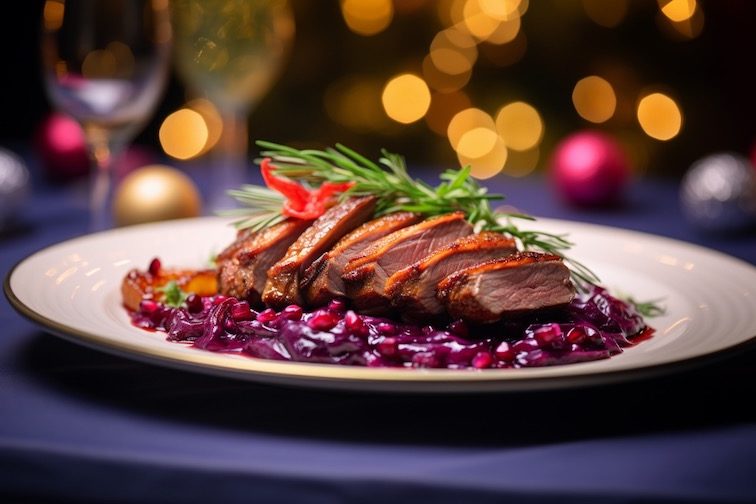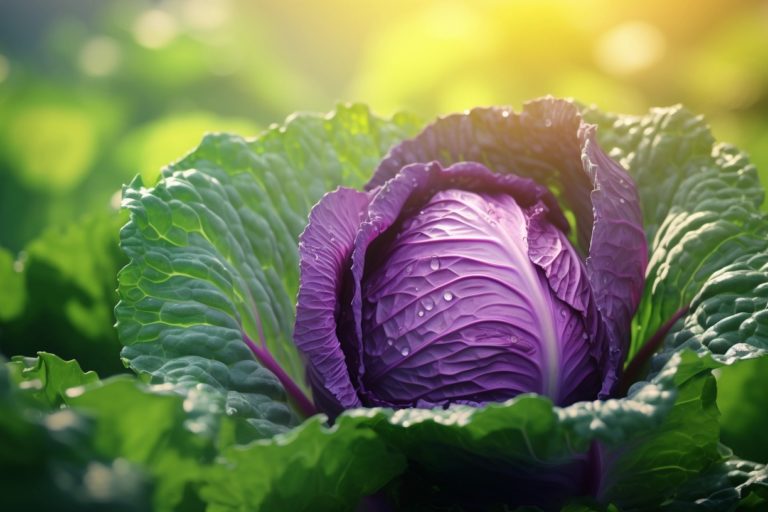With the support of our stable Hungarian producer base, this vegetable is always available in high quality in our wholesale assortment – ask us for an offer!
What you need to know about cabbage?
White cabbage (Brassica oleracea var. capitata) is one of the oldest and best known vegetables in Europe. It belongs to the cabbage family and is related to broccoli, Brussels sprouts and cauliflower. Originally from the Mediterranean, it has been popular throughout Europe since ancient times. It has been cultivated for thousands of years and was recognised by the Greeks and Romans for its health benefits and preservation properties. As well as being high in vitamins C and K, cabbage is rich in fibre, an excellent source of antioxidants, can help reduce inflammation and improves digestion. It is also of great economic importance as it is an important player in European agriculture due to its wide range of uses.
Specificities of its production
White cabbage is typically a cooler climate crop, with a peak season in spring and autumn. It is mostly grown outdoors, but in some countries, such as the Netherlands and Germany, it is also widely grown in greenhouses. In Europe, Poland and Germany are the leading producers of cabbage. Hungary is also a major producer, with large fields of cabbage in the Great Plain and in the South Transdanubian region. It is available on store shelves almost all year round, with domestically grown cabbage mainly from April to June and September to November, while imported products are often found in the summer months and mid-winter.
How to choose good quality cabbage?
- Choose heads that are firm and heavy, as this is a sign of freshness and good moisture content.
- The leaves should be brightly coloured, greenish-white, avoid those that are yellowed or browned.
- The surface of the cabbage should be intact, free of blemishes and damage.
- Check that the leaves are not wilted or too soft.
How do we use it in the kitchen?
White cabbage has many uses in the kitchen. Eaten raw in salads, it is a vitamin-rich, crunchy ingredient, but it is also excellent cooked, steamed or baked. It is an essential ingredient in many traditional dishes, such as stuffed cabbage, cabbage pasta and cabbage soup. Its health benefits are further enhanced when pickled and its consumption in the form of sauerkraut is very popular, especially in winter.
How to store cabbage?
- After purchase, store in a cool, dry place, best in the fridge, wrapped in a slightly damp tea towel or foil.
- Avoid direct sunlight and high humidity, which accelerate rotting.
- Whole heads can be stored for weeks, while cut pieces can be used in a few days.
Interesting facts about white cabbage
- The ancient Romans also revered it as a medicinal vegetable, used to relieve stomach ailments and other digestive complaints.
- In the Middle Ages, cabbage was also known as the medicine of the poor, because it was used to treat many health problems.
- A cabbage leaf poultice can relieve inflammation, swelling and even joint pain.
- In China, cabbage is a symbol of wealth and good luck.
Tips for using cabbage in the kitchen
- Feel free to use it to enrich soups and side dishes.
- Excellent for fresh salads: finely grated, tossed with a little vinegar, salt and olive oil for a crunchy, vitamin-packed garnish.
- Cabbage strips can also be baked in the oven, drizzled with a little spice and oil.
- It goes well with strongly spiced meat dishes in a pickled form.
